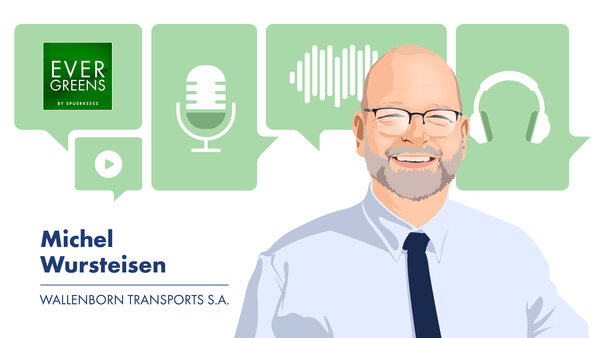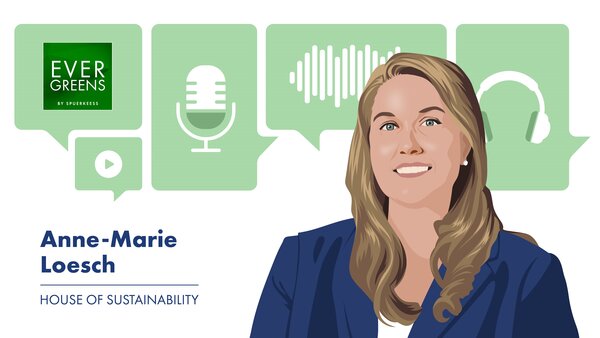Customers who want to see their savings grow need to diversify their investments. Good advice results in a made-to-measure investment strategy that clearly reflects the customer’s desired investment horizon and objectives.
The best solution is rarely the one where the customer invests their money in one single asset class.
It is important to keep some capital in a savings account so that it’s available in the event of unforeseen circumstances or emergency situations.
A second portion of capital, which the customer could manage without for between three and 12 months (short term), would be invested in a term deposit, ideally.
A third portion could be invested over two to three years, in an EMTN for example.
For the fourth portion, we’re looking at the long term (10 years or even longer). This portion of the capital should be invested in solutions that offer a higher potential return.
Here, we could look at an investment funds saving plan such as S-Invest, a “robot advisor” such as SpeedInvest, or a retirement policy such as S-Pension. With the latter, the customer could even reduce their annual tax charge.
The main advice I offer customers is:
Your savings are worth giving your time and attention to, and should be actively managed.
Building your capital and making it grow should be based on a well-considered strategy. Our specialist advisors will be happy to help you!
Please don’t hesitate to contact them.
Thank you for taking part in this interview, Mauro.
![[Translate to English:] [Translate to English:]](/fileadmin/_processed_/7/5/csm_368_EXP_Alternatives_epargne_Pro_c96f107bd8.jpg)

![[Translate to English:] [Translate to English:]](/fileadmin/_processed_/0/d/csm_392_EXP_Michel_MARX_189a526800.jpg)
![[Translate to English:] [Translate to English:]](/fileadmin/_processed_/9/d/csm_328__EXP__Andrea_Maramotti__Immotop_163f2ecbe1.jpg)


![[Translate to English:] [Translate to English:]](/fileadmin/_processed_/9/7/csm_426_EXP_Romy_Reding_Spuerkeess_28mars25_f6a6df7a8f.jpg)
![[Translate to English:] [Translate to English:]](/fileadmin/_processed_/8/5/csm_423_EXP_Irene_DeMuur_Spuerkeess_5130161f11.jpg)
![[Translate to English:] [Translate to English:]](/fileadmin/_processed_/5/8/csm_SP_175_Illustration_422_EXP_Bertrand_Lathoud_Luxembourg_House_of_Cybersecurity_d8f6d97d0e.jpg)
![[Translate to English:] [Translate to English:]](/fileadmin/_processed_/f/5/csm_SP_171_Illustration_420_EXP_Philippe_Parage_CN3_77e5a0f32e.jpg)
![[Translate to English:] [Translate to English:]](/fileadmin/_processed_/5/8/csm_SP_171_Illustration_420_EXP_Lars_Weber_Spuerkeess_301b899cc5.jpg)

![[Translate to English:] [Translate to English:]](/fileadmin/_processed_/c/f/csm_119__Portrait__Simone_van_Schouwenburg_Interview_1b6dcdd1cb.jpg)
![[Translate to English:] [Translate to English:]](/fileadmin/_processed_/8/a/csm_231__Portrait__Emir_Mustafic__Interview__1__91cec06c41.jpg)